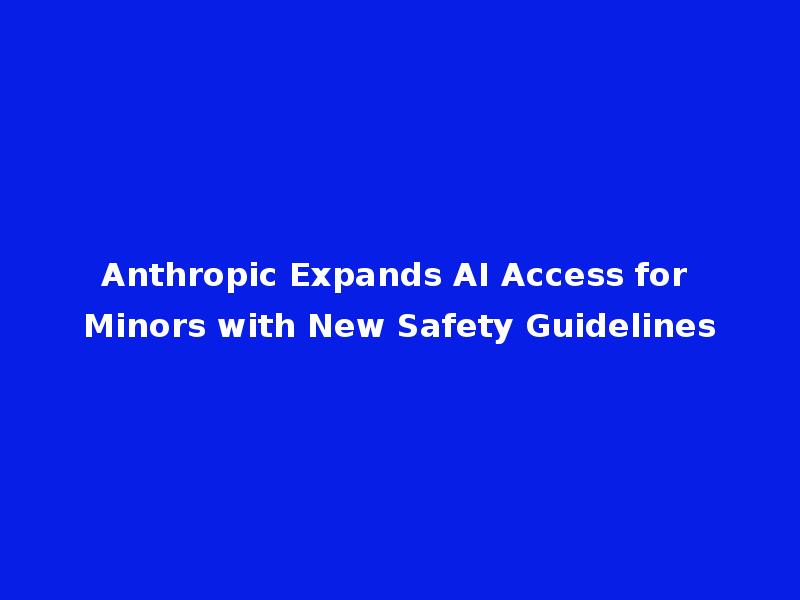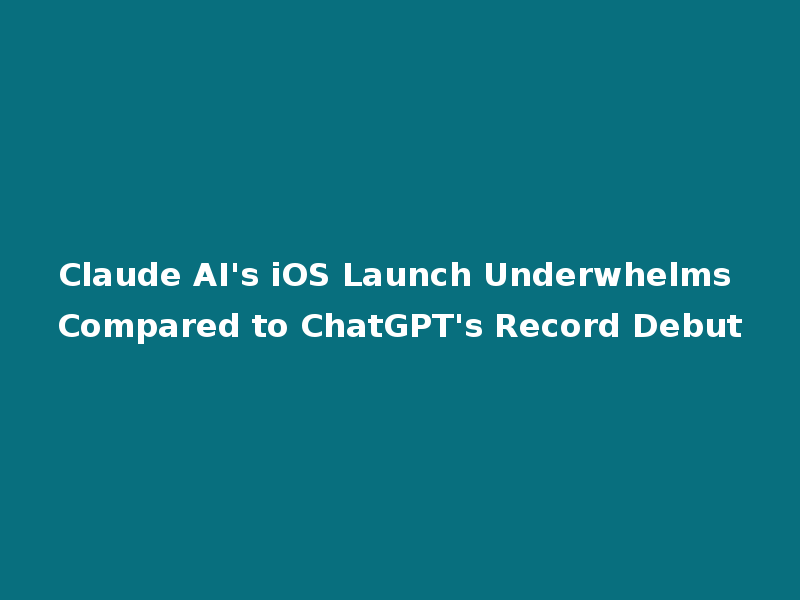OpenAI Unveils GPT-4.1: Specialized AI Models for Enhanced Coding Performance
OpenAI has introduced a new lineup of AI models—GPT-4.1, GPT-4.1 mini, and GPT-4.1 nano—designed to excel in coding and instruction-following tasks. These models, available exclusively via OpenAI’s API (not ChatGPT), boast a 1-million-token context window, enabling them to process approximately 750,000 words in a single prompt—surpassing the length of War and Peace.
The Competitive AI Coding Landscape
The release comes amid intensifying competition from tech giants like Google and Anthropic, who are also advancing their AI coding capabilities. Google’s Gemini 2.5 Pro and Anthropic’s Claude 3.7 Sonnet—both featuring 1-million-token context windows—have set high benchmarks in coding performance. Meanwhile, China’s DeepSeek V3 is emerging as a formidable contender in the global AI race.
OpenAI’s long-term vision? To develop an “agentic software engineer” capable of handling end-to-end app development, including quality assurance, bug testing, and documentation. As CFO Sarah Friar stated at a recent London tech summit, the company aims to push AI toward autonomous software engineering.
Key Improvements in GPT-4.1
OpenAI has fine-tuned GPT-4.1 based on developer feedback, prioritizing:
- Frontend coding efficiency
- Reduced extraneous edits
- Reliable format adherence
- Consistent tool usage
According to OpenAI, GPT-4.1 outperforms its predecessors (GPT-4o and GPT-4o mini) on coding benchmarks like SWE-bench. The smaller variants—GPT-4.1 mini and nano—trade slight accuracy for speed and cost-efficiency, with the nano model being OpenAI’s fastest and most affordable to date.
Pricing and Performance Metrics
- GPT-4.1: \(2/million input tokens, \)8/million output tokens
- GPT-4.1 mini: \(0.40/million input tokens, \)1.60/million output tokens
- GPT-4.1 nano: \(0.10/million input tokens, \)0.40/million output tokens
In internal testing, GPT-4.1 scored 52%-54.6% on SWE-bench Verified, slightly trailing Google’s Gemini 2.5 Pro (63.8%) and Anthropic’s Claude 3.7 Sonnet (62.3%). However, it achieved a 72% accuracy on Video-MME for long, subtitle-free video comprehension—a notable milestone.
Limitations and Challenges
Despite its advancements, GPT-4.1 has limitations:
- Accuracy declines with longer inputs (dropping from 84% to 50% in OpenAI-MRCR tests)
- Tends to be overly literal, requiring more explicit prompts
- Struggles with complex debugging, like many AI models
OpenAI acknowledges these challenges, noting that even top-tier AI models can introduce bugs or security flaws—a reminder that human oversight remains critical in software development.
The Future of AI-Assisted Coding
GPT-4.1 marks a significant step toward autonomous coding agents, but the journey is far from over. As AI models evolve, balancing speed, accuracy, and reliability will be key to unlocking their full potential in real-world engineering tasks.
📚 Featured Products & Recommendations
Discover our carefully selected products that complement this article’s topics:
🛍️ Featured Product 1: AIR JORDAN 11 RETRO DMP “GRATITUDE” CRIB
 Image: Premium product showcase
Image: Premium product showcase
High-quality air jordan 11 retro dmp “gratitude” crib offering outstanding features and dependable results for various applications.
Key Features:
- Premium materials and construction
- User-friendly design and operation
- Reliable performance in various conditions
- Comprehensive quality assurance
🔗 View Product Details & Purchase
🛍️ Featured Product 2: AIR JORDAN 1 RETRO “MIDNIGHT NAVY” PS
 Image: Premium product showcase
Image: Premium product showcase
Professional-grade air jordan 1 retro “midnight navy” ps combining innovation, quality, and user-friendly design.
Key Features:
- Premium materials and construction
- User-friendly design and operation
- Reliable performance in various conditions
- Comprehensive quality assurance
🔗 View Product Details & Purchase
💡 Need Help Choosing? Contact our expert team for personalized product recommendations!












